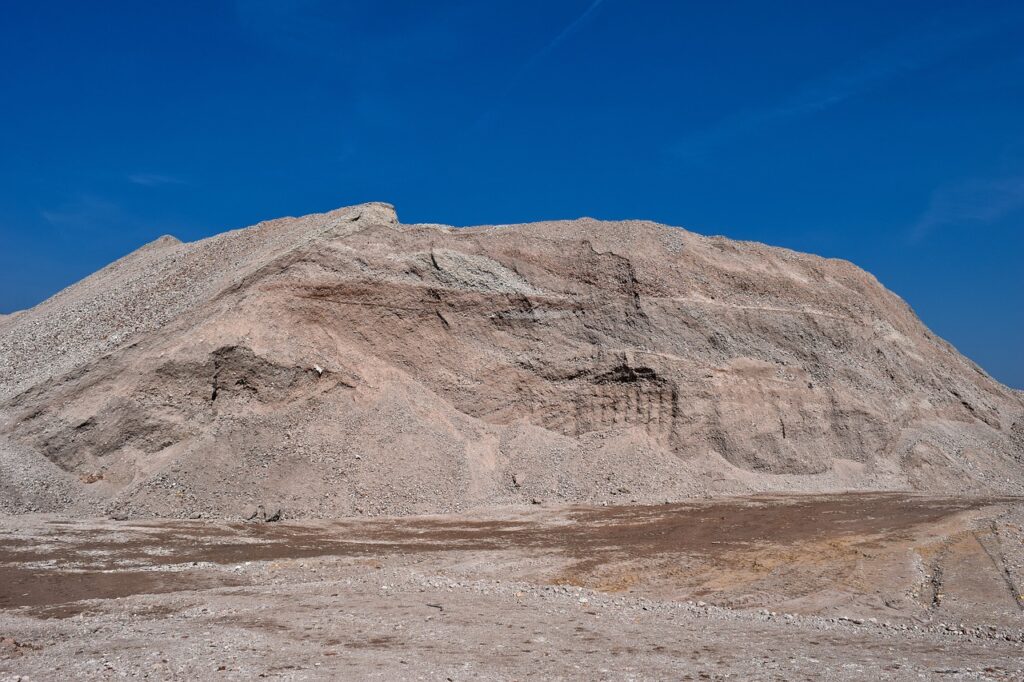Durability is one of the most important factors for sustainable construction. It helps in ensuring that buildings keep their original purpose in mind over time. The lack of endurance can result in significant expenses in repair and reconstruction, along with environmental impact.
It also reduces cost of maintenance by cutting down on unplanned equipment downtime. It’s especially crucial when it comes to heavy machinery like cranes.
It is crucial
The capability of construction materials as well as buildings to ward off degrading and decay is among of the main elements of performance in buildings. Durability is often a combination of several factors, including the selection of raw materials Quality control, design considerations and maintenance practices.
Concrete, for instance, and steel are highly durable construction materials that are able to withstand the natural aging of their components over the course of. The materials used in a construction can be recycled, which helps ensure its sustainability.
Durability and low maintenance can be equated. Concrete structures require little maintenance and can last a long period of time when compared with wooden structures that require maintained regularly. The durability of structures is also important because it reduces annualized environmental effects.

Factors Influencing Material Longevity
The lifespan of construction materials is determined by a variety of elements. In the absence of precise specifications It is hard to estimate the lifespan of a structure. However, buildings that are durable can endure at least 30 years before major work to repair becomes required.
The strength of a structure is determined by the choices and quality of its building materials and carefully constructed practices. Concrete can be an extremely durable substance if it’s properly laid, dried and shaped. Furthermore, security measures like cathodic impressed current protection could prolong the lifetime of reinforced concrete and steel elements.
Durability usually goes hand-in-hand with low-maintenance. In the case of exterior siding, for instance, it which requires painting frequently may not be as strong as window frames made of pultruded fiberglass or sash, which need little maintenance in order to fulfill their purpose over a prolonged length of time.
What can be done to increase the durability of materials
Construction materials that are durable are perfect for every project, no matter if they are constructing an ultra-high rise construction or making furniture. However, maximizing product da 1×2 durability is a matter of careful planning and precise execution. The following are some strategies for maximizing product durability:
The incorporation of durable features within products from the very beginning. The modular structure allows the exchange of components and repairs. This improves the lifespan of the product and decreases the amount of production waste.
Conducting lab tests that mimic life-like aging in order to find difficulties and determine the solutions. Informing consumers on the longevity of products for more sustainable buying habits.
Reduce return rates by reducing maintenance costs and cutting downtime to save on operational costs. The investment in durable projects will allow companies to reduce the amount of waste and focus resources on primary operations. In addition, durable projects reduce the recurring expenses, thereby increasing the ROI. These projects help businesses meet the financial objectives and maintain sustainable success over time.
Environmental Impact of Construction Materials
The construction industry is a major source of waste and uses many resources. The chemical used in the construction site, as well as diesel utilized in diggers, trucks and building materials also have negative effects on the environment.
Buildings that are durable can reduce these environmental impacts by spreading upfront embodied impacts over a longer period of time. The buildings require less care, reducing the use of new products and energy.
Natural building materials that are low-impact and are available on site or close nearby, such as wood, clay, straw, rammed earth and cob. They’re usually less costly to use and don’t need factories to make them, or huge distances for transportation that are required to transport them to the site. Additionally, they can be recycled and reduce their impact on the environment.
Construction Materials Maintenance: Best Techniques
To make sure that equipment used in construction works safely and effectively, it requires routine maintenance. It is important to keep the equipment lubricated in order to minimize friction and wear, in addition to calibrating load capacity indicators to prevent overloading, which could create accidents as well as costly damage.
Maintenance practices have a significant impact on equipment lifespan, and the value of resale. Equipment that is well maintained lasts longer. It also works more efficiently, preventing costly breakdowns and reduces the time it takes to complete projects.
The primary reason behind malfunctions in heavy equipment is mechanical failure. It is possible to avoid this by performing routine preventive check-ups on maintenance. It costs the most in operating expenses direct through mechanic charges as well as equipment breakdowns, but it can also cost indirectly through reduced productivity.